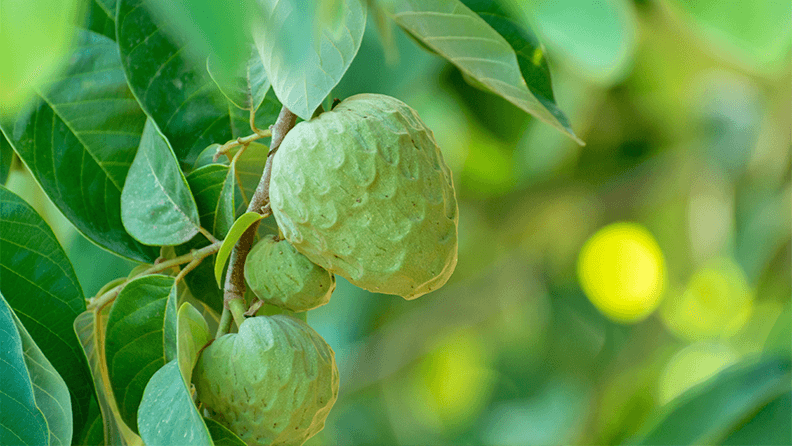quince tree
- Scarlet Allen
- Jun 30, 2023
- 2 min read
Cydonia oblonga

Habitats: Damp rich soils in hedgerows and thickets
Range: Europe - Mediterranean.
Bloom color: white.
Main bloom time: may
Harvest time: october
Growth: 4-8 meters high
Edible parts: Fruit cooked (When grown in warm temperate or tropical climates, the fruit can become soft and juicy and is suitable for eating raw)
Other uses: medicinal use, wood working
Plants present at Son Selva: 1
Quince is one of my favorite fruits. I love the jam and sweets made from it. The "dulce de membrillo" is also a speciality here in Mallorca. So I'm very happy to introduce our first quince tree to our food forest and can't wait for the first harvest!
Quince is a hardy, drought-tolerant shrub that does not require much maintenance, and tolerates years without pruning or major insect and disease problems. Quince is cultivated on all continents in warm-temperate and temperate climates. It requires a cooler period of the year, with temperatures under 7 °C, to flower properly. The species is hermaphrodite (has both male and female organs) and is pollinated by Insects. It is supposed to be quite uncomplicted to plant and grows in sandy, loamy or clay heavy soils. Also it should not have any problems with our high pH-value. It can grow in full shade (deep woodland) semi-shade (light woodland) or no shade.

Medicinal Use:
The stem bark is astringent, it is used in the treatment of ulcers. The seed is a mild but reliable laxative, astringent and anti-inflammatory. When soaked in water, the seed swells up to form a mucilaginous mass. This has a soothing and demulcent action when taken internally and is used in the treatment of respiratory diseases, especially in children. This mucilage is also applied externally to minor burns etc.
The fruit is antivinous, astringent, cardiac, carminative, digestive, diuretic, emollient, expectorant, pectoral, peptic, refrigerant, restorative, stimulant and tonic. The unripe fruit is very astringent, a syrup made from it is used in the treatment of diarrhoea and is particularly safe for children. The fruit, and its juice, can be used as a mouthwash or gargle to treat mouth ulcers, gum problems and sore throats. The leaves contain tannin and pectin. Tannin can be used as an astringent whilst pectin has a beneficial effect on the circulatory system and helps to reduce blood pressure.
Source: Plants for a Future




Comments